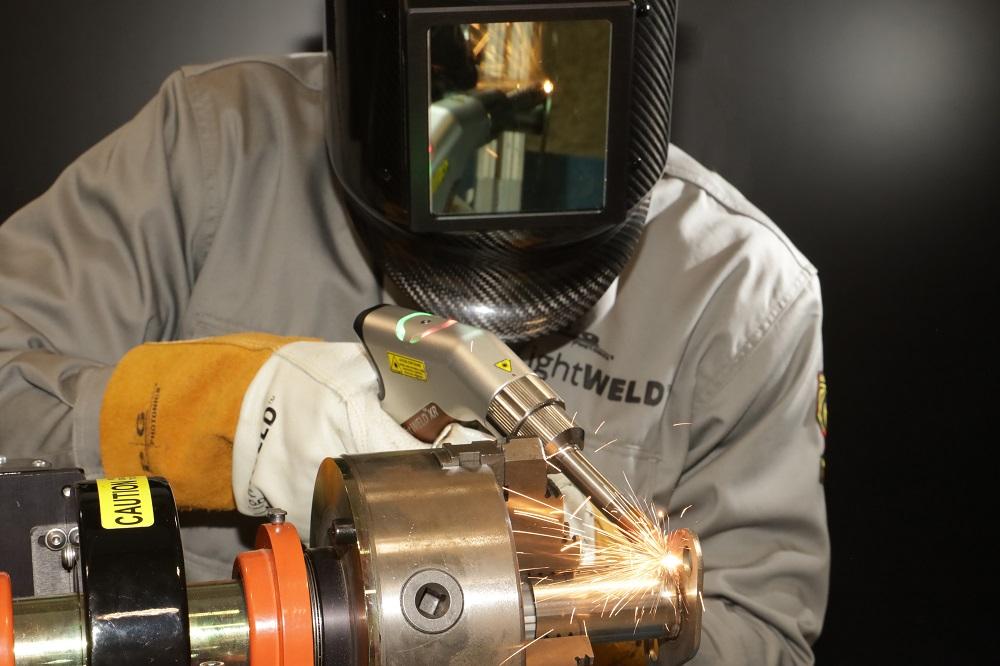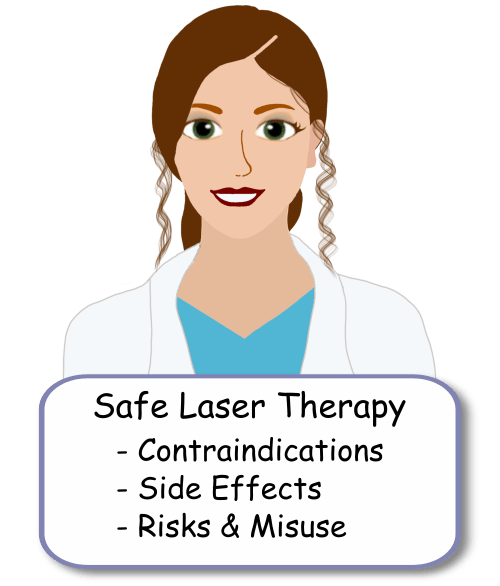How Can Safe Laser Low-Level Laser Therapy (Lllt) Help With Ulcerative Wounds? Safe Laser Low-Level Laser Therapy (LLLT) assists in treating wounds that are ulcerative by stimulating the repair of tissues. LLLT stimulates cellular metabolism which results in accelerated healing and repair of tissue. It promotes collagen synthesis and angiogenesis, which are vital processes involved in wound healing. This could speed up healing of wounds caused by ulcers.
Reduction of Inflammation- LLLT is anti-inflammatory by inhibiting the release of pro-inflammatory cytokines, and encouraging the production of anti-inflammatory mediators. LLLT is anti-inflammatory in lesions that cause ulcers, where inflammation may delay healing or cause tissue damage.
Pain Relief- LLLT regulates pain perception by affecting nerve conduction and reducing the release pain mediators such as substance P. In ulcerative wounds, that can cause extreme discomfort and pain, LLLT can help alleviate pain and improve overall experience of the patient.
Improved Blood Circulation LLLT increases microcirculation and vasodilation which results in an increase in blood flow to the wound site. Improved blood circulation delivers oxygen and nutrients to the tissues, promoting healing and helping to eliminate of toxic waste and waste products from the wound area.
Antimicrobial Properties- LLLT is well-known to have antimicrobial properties that can aid in reducing the risk of infection of ulcerative wounds. By promoting bacterial clearance and preventing further colonization of the wound area, LLLT can help reduce the risk of infection in wounds and speed up healing.
LLLT reduces scar formation by encouraging the regeneration of tissue and the process of remodeling. By stimulating the production collagen fibers and promoting aligning of collagen bundles, LLLT could help produce stronger scar tissue.
Safe Laser's low-level treatment is safe, non-invasive and drug-free. It aids in faster healing and less pain. It also improves the overall outcome of wounds. See a doctor prior to using LLLT on lesions that cause ulcers. Take a look at the top rated
lágylézer for website advice including lezeres kezeles, lágylézeres készülék, lezeres kezeles, otthoni lézer kezelés, lagylezer terapia, mozgásszervi problémák, safe laser bérlés, lágylézer készülékek, lágy lézer kezelés, lagy lezer and more.
 What Is The Purpose Of The Safe Laser In The Treatment Of Ear, And Throat, Nose And Throat Disorders?
What Is The Purpose Of The Safe Laser In The Treatment Of Ear, And Throat, Nose And Throat Disorders? Safe Laser Low-Level Laser Therapy (LLLT) can aid with a variety of ENT (ear, nose, and throat) issues through a variety of mechanisms. Reduced inflammation- LLLT's anti-inflammatory properties may help reduce swelling in tissues around the ear and the nose. This can be beneficial for ailments like sinusitis, rhinitis, and tonsillitis, where inflammation can lead to symptoms such as nasal congestion, sore throat, and ear irritation.
Pain Relief - LLLT assists in relieving the discomfort caused by a sore throat, earache and pressure on the sinuses.
Improved Tissue Healing LLLT stimulates cell metabolism and proliferation, leading to accelerated tissue repair and regeneration. In ENT conditions such as Otitis media (middle ear infection) or pharyngitis (sore throat), LLLT can help accelerate the healing process of damaged or affected tissues.
Improved Circulation - LLLT enhances microcirculation as well as vascular dilation, resulting in greater blood flow to the area affected. Increased blood flow can aid in the flow of nutrients and oxygen to tissues, which aids in healing and reducing inflammation.
Antimicrobial effects - LLLT may have antimicrobial properties, which may help reduce bacterial load or viral burden within the throat or nasal passages. It can also help treat conditions such a tonsillitis or sinusitis.
Treatment of Allergic Symptoms LLLT helps relieve symptoms that are associated with allergy rhinitis as well as hay fever by reducing inflammation in the nasal passages. This may result in less nasal congestion, sneezing, and itching.
Management of TinnitusTreatment of Tinnitus LLLT has been studied as a possible treatment option for tinnitus. It is a condition characterized by ringing or buzzing in the ears. LLLT is believed to enhance blood circulation and lessen inflammation in the auditory system which results in a decrease of Tinnitus.
In general, Low-Level Laser Therapy using Safe Laser is a highly effective and non-invasive method of treating various ear-nose-throat issues. The therapy offers symptomatic relief and accelerates healing. It is recommended to consult with an ENT specialist before making use of LLLT for ENT ailments. It will guarantee that you receive the correct diagnosis and get treatment recommendations. Follow the most popular
safe laser bérlés for site recommendations including lágylézer készülék, orvosi lézer készülékek, otthoni lézer kezelés, gyógyító lézer készülékek, lágy lézer, otthoni lézer kezelés, lágylézer készülék bérlés, lágylézeres készülék, lágylézer hatása, lágylézer készülék and more.
 How Long Does It Take An Effective Laser Device That Is Safe To Take Effect On Ear, Nose, And Throat Conditions?
How Long Does It Take An Effective Laser Device That Is Safe To Take Effect On Ear, Nose, And Throat Conditions? Safe Laser low-level Laser Therapy (LLLT) can have various effects on ENT conditions. This is due to the nature of the kind of disease being addressed, its severity as well as the health status of the person and their response to treatment. In general, a sequence of LLLT over a defined period is recommended to get the best outcomes.
The number of LLLT sessions will be contingent on the nature and severity of ENT conditions. For example, conditions like tonsillitis or laryngitis need different treatment strategies and different LLLT sessions.
Individual Response to Treatment - Factors such as health status, immunity, and healing capacity can influence the way a patient reacts to LLLT treatment for ENT conditions. Some people respond faster to treatment than others, and might notice symptoms improving more quickly.
Treatment protocol- The treatment plan recommended by an ENT specialist is an important factor in determining how many LLLT sessions are needed for ENT issues. The healthcare provider can customize the treatment plan to meet the individual's needs. This could mean scheduling LLLT several times a day or at regular intervals.
Acute and Chronic. Acute vs. An acute sinusitis like pharyngitis or acute sinusitis could require fewer treatments to get relief. Chronic diseases like chronic rhinosinusitis like chronic laryngitis will require a longer duration of treatment.
Some individuals will see improvement in ENT problems after a few LLLT sessions. But for others, it may take longer to achieve the best outcomes. For ENT issues, it's crucial to follow the prescriptions of an ENT doctor and to keep track of regularly scheduled LLLT sessions. Additionally, it's vital to keep a close eye on the symptoms and to talk to your ENT physician to ensure that the appropriate treatment plan and management is executed.



